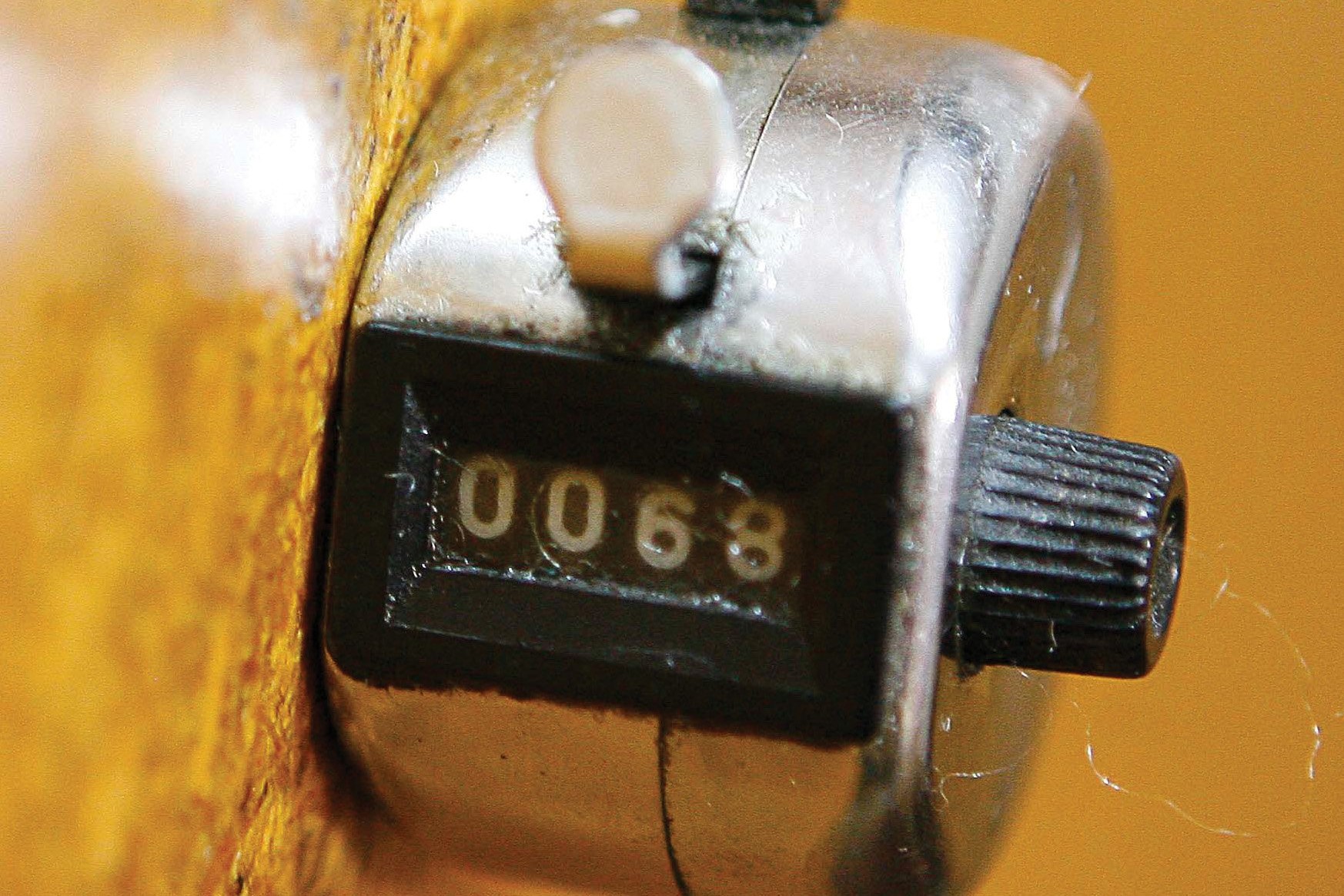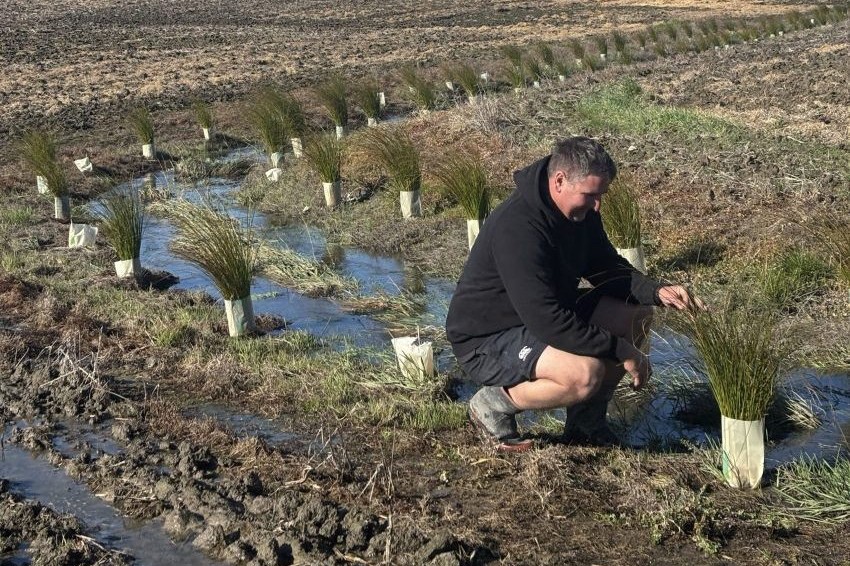Doing the numbers on proposals
By Deane Carson

The He Waka Eka Noa (He Waka) pricing consultation is raising questions with clients and Agribusiness Consultants has fielded many questions looking for an independent viewpoint. To inform our position we have calculated what our average sheep and beef client levy may be paying under the proposed schemes.
We have a database with more than 290,000 lambs sold from Southland. Our average client is 451 effective hectares on gently rolling country and we have entered typical nutrient use, land use, stocking rate, and production data into Beef+Lamb NZ emissions calculator. The result is just under 2000 tonnes of carbon equivalent emissions per year or 4t CO2 equivalent per hectare per annum.
He Waka proposed three options – a fallback position if the sector cannot agree to pricings of entering the Emissions Trading Scheme (ETS), a farm level levy, and a producer/farm levy hybrid option.
Using the He Waka pricing expectations of 5% commitment and $85/tonne of CO2 our client commitment would be predicted to be $8350 for commitment to the ETS by 2025. Using forecasts of $138/t CO2 and a 10% commitment, calculations suggest our average client would pay $27,100 by 2030.
Within a five-year period the levy could be over 300% greater, due to expectations in carbon price increases and taking the commitment level to 10%. This is considered as the fallback position if He Waka cannot come up with an accepted pricing.
Calculating the proposed farmer level pricing of $0.11/kg methane, the same farms would be $9040 for 2025. There may be some shelter belt and indigenous offset that could make a significant difference for some clients. But for others, areas are so small that it is possible the cost of certifying the offset would mitigate the value.
An additional cost to this levy is the administration cost of calculating/auditing these commitments and this could be in the vicinity of 25 hours at $190/hr = $4750, costings that could also be applied to the ETS.
There is no certainty around what the methane price might look like in 2030 and so no pricing is possible as it has been done with the ETS. Supposedly a committee would be responsible for that. And there is very little understanding on how that committee might be formed or made up. Raising many questions.
We have not calculated a producer hybrid levy, but it is reasonable to conclude from the consultation document that the cost would not be vastly different to the farm level levy unless you are a farmer with a potential for indigenous offset. In which case the farm level levy would benefit you.
The conclusion from these calculations is the numbers are significant. The Beef + Lamb NZ economic service reports that class 7 farms lost about $5000 a year in working capital between 2012-2021. Therefore, examples of ways typical farmers may meet this levy are reductions in principal repayments, investments, drawings, capital into plant, vehicles or buildings. In short reductions in the local economy. Reductions that are unlikely to sit well with farmers. Reductions that may make some farms no longer viable.
It is impossible to ignore the obvious though. Our high-performing clients will find such costs manageable, and so it is likely that if these pricings become a reality a common mechanism to meet the rising costs is rising land use intensity or performance. Completely the opposite of what the market is asking from farmers.
This is one of the key reasons we think the metrics behind the calculations need to be reviewed. While the farm level and producer hybrid concepts use a split gas approach to emissions, they do not use the metric from which the split gas concept was developed.
Under that metric (GWP*), reducing methane emissions by 0.3% per annum could result in no cost from methane, the biggest contributor to proposed levies. Under GWP* increasing emissions could be treated in a manner four to five times as harsh, deterring perverse/unwanted behaviours in a great fashion or looking past or even rewarding desired outcomes.
Our calculations suggest that under this metric the levy applied to our average sheep and beef client could be more like $2500 rather than $9300 (based on stocking rate decreases and performance increases over a 20-year period reported by B+LNZ economic service to Southern Southland Class 7 farms). Quite simply the reductions in stocking rates with increases in performance have seen drops in methane emissions, although not enough to meet the goal of 0.3% for no cost to be applied to methane.
A common question from clients is “will agreement on pricing mandate the government to incrementally tax us more”. Without that question being answered, we expect many farmers will not want either of the He Waka options proposed, initiating the fallback position of the ETS. A position where farmers may still feel they can argue for a fair outcome.
This approach will no doubt open the industry to criticism. However, there remain many unturned stones when considering the right path forward, and we hope that a clearer and fairer pathway is paved before agreement is met.
- Deane Carson is an ag consultant with Agribusiness Consultants.




